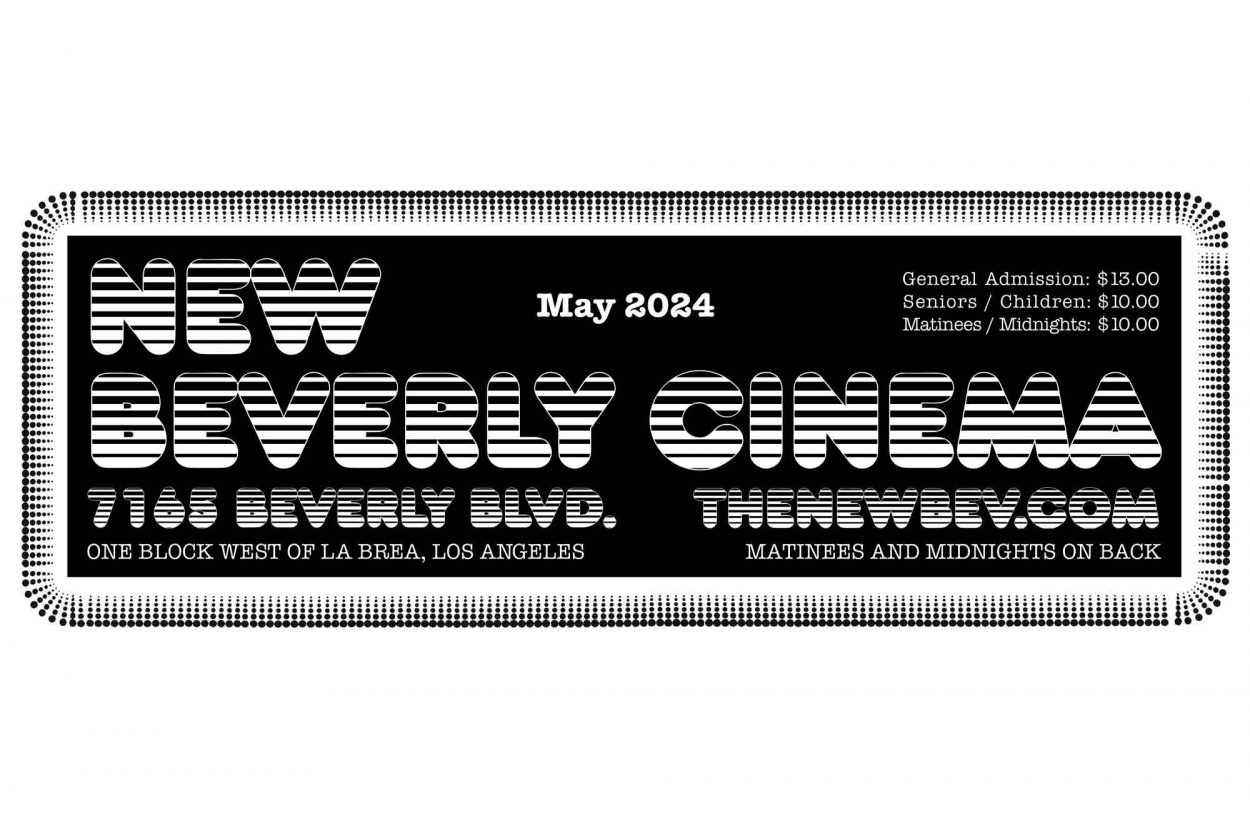Man has loved the concept of the inanimate creature given life to fight battles and achieve superhuman goals since the earliest myths of Hephaestus, the Golem, and Frankenstein. And man has loved giving that creature feminine attributes centuries before there was an internet, or 33 rules to govern it, let alone #34. So fresh off our programming assembly line for our Grindhouse Tuesday show on July 18th are two gleaming, glorious, action-packed sagas of Hong Kong Battle Robots, sophisticated technological weapons with seductively lovely faces!
The agalmatophiliac antics begin with David Chung’s 1988 Roboforce. Hong Kong is terrorized by the innovative and merciless Hero Gang, who commit crimes and attack the police with armed robots, one of which is made to resemble the leader’s moll Maria (Sally Yeh), to her great annoyance. Whiskey (Tsui Hark), a conscientious defector from the crooks, and Curly (John Shum), a police technician, abduct the Maria android and reprogram her to oppose the gang’s violent missions, while Chong (Tony Leung), a frustrated reporter, tries to get a newsworthy scoop on anyone involved. Alliances change and mechanical revelations escalate as the Hero Gang attempts to regain control of their winsome war machine, who increasingly displays more empathy than her ostensibly human inspiration.
Writer Yuen Kai-Chi and director David Chung were frequent collaborators with prolific producer/director Tsui Hark, with Yuen helping script A Chinese Ghost Story and Once Upon a Time in China while Chung served as cinematographer on the latter and four other Hark projects. For this outing where they take prime billing, Hark appears in a rare acting role as the reformed gang member with an unrequited crush on the antiheroine and her robot double that provides the base for the movie’s well-known alternate title I Love Maria. (The title is also homage to one of the most iconic fembots in film history, “the False Maria” from Fritz Lang’s Metropolis) The stunt choreography was created by Tony Ching Siu-Tung, whose fight credits date back to ‘70s classics like The Shaolin Boxer to modern hits like House of Flying Daggers; Ching also directed three Chinese Ghost Story installments and produced The Heroic Trio.
Star Sally Yeh has had featured roles in Peking Opera Blues with Brigitte Lin and The Protector with Jackie Chan and Danny Aiello, and after this movie, played the female lead in John Woo’s classic The Killer. Co-star Tony Leung would quickly advance to headliner status as the frequent star of Wong Kar-Wai’s romantic dramas, winning Best Actor from the Cannes Film Festival for his work in Wong’s In the Mood for Love. Look carefully and you’ll see cameo appearances by other prime Hong Kong directors, including John Woo, The Big Hit’s Kirk Wong, and The Accidental Spy’s Teddy Chan.
There are more tricks in store, literally, with the second feature, Jamie Luk’s 1991 Robotrix. Dr. Yamamoto, a mad scientist, takes his own life to upload his mind into a muscular robot (Billy Chow), then kills police officer Selina (Chikako Aoyama) while kidnapping an Arabian industrialist’s son she was protecting. Robotics expert Dr. Sara (Hsu Hsiao-tan) and her android assistant Ann (Amy Yip) bring Selina back to life in a similar manner, transferring her memories and features into a stronger robot body. As Yamamoto’s robot imprisons his rich hostage while wreaking violence on the city’s prostitutes, Selina, Ann, and Dr. Sara use their enhanced capabilities to help the police, all connecting to an electrified showdown.
When Hong Kong created a three-tiered movie rating system in 1988, the “Category III” rating, effectively similar to the NC-17 in America, spurred a boom in films that blended high levels of violence and erotica that were previously rarely allowed, and frequently injected incongruous scenes of comic relief as well. Robotrix was one of the major hits of that wave, which also included Riki-Oh: The Story of Ricky, Men Behind the Sun, and The Untold Story. Though the volume of films with this rating have subsided, the rating has still been applied to more recent productions as Johnnie To’s Election and Exiled and Ang Lee’s Lust, Caution.
All three of the fetching female leads of Robotrix have had colorful celebrity histories. Japanese star Chikako Aoyama began her career as a nude model in 1988 before advancing into respected projects roles like Gohatto aka Taboo, the final film by groundbreaking director Nagisa Oshima. Amy Yip became a virtual queen of Category III productions, appearing in standout hits Erotic Ghost Story and Sex and Zen, with her skill at revealing some but never all of her ample chest onscreen described by fans as “the Yip Tease.” Hsu Hsiao-tan was a performance artist who, after having her provocative shows shut down by authorities, achieved worldwide notoriety in 1989 when she ran for a seat in Taiwan’s Yuan legislature, drawing attention to her campaign by appearing in public naked, telling the press, “My body is a political weapon…[I’m] using breasts to fight against fists.” While that attempt and a second campaign years later did not result in election, it did lead to being cast in Robotrix and one other film appearance, as well as her own talk show.
Don’t fret about the Uncanny Valley…or any uncanny part of town you may live in. Get over your major malfunction and spend Tuesday, July 18th with some comely women of chrome at the New Beverly!


